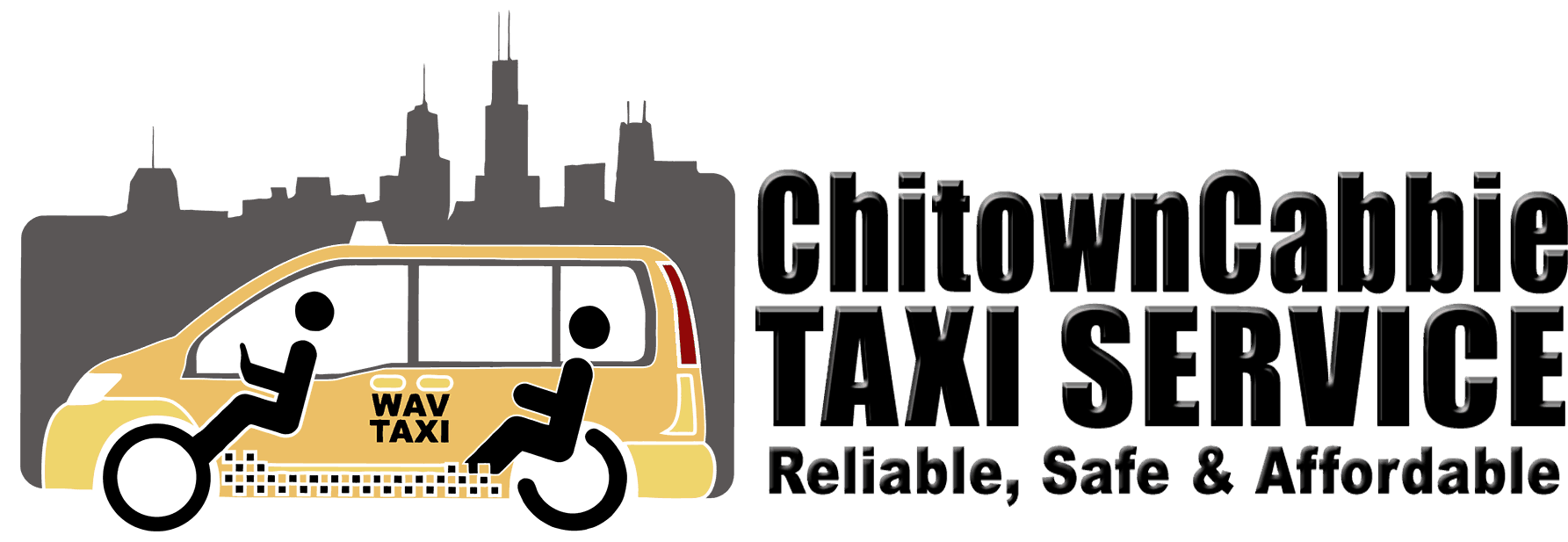Welcome back to our 5-blog post series showcasing the best practices of accessible tourism around the planet!
Previously, we discussed about the international physical planning and accessibility methods of tourism services. Today, we’re going to look into the research and development efforts of the tourism industry around the world.
Research and Development – What Gives?
Very often services providers are uncomfortable in direct contact situations with persons with RPA because they don’t know what is required from them. There is a range of disabilities that may have different implications. Usually, these customers require no additional assistance, although many of them will appreciate it. Staff training is important at all levels of the tourism organization for both fronting employees and housekeeping and support staff. Often, simply increased awareness, good communication will be even more important than assistance techniques.
Japan’s Initiative: Study on Public Information Symbols
The resulting pictograms are action-oriented images featuring designs of simple forms that attract attention and ensure easy interpretation. Based on the principles of universal design, pictograms are easy to understand.
A substantial inventory of approximately 1,200 pictograms was collected from 63 institutions, from which candidates for standardization were selected. The symbols of the International Organization for Standardization (ISO) and the pictograms developed by the American Institute of Graphic Arts (AIGA) were also examined. Moreover, the Japan Sign Design Association and Kenzo Nakagawa of NDC Graphics designed the first symbols. The graphic symbols were evaluated for their appropriateness by means of comprehension and visibility tests.
The Study Committee settled on a total of 125 public information symbols. In 2002, the Japanese Standards Association adopted 104 of the symbols as the Japanese Industrial Standards.
Pilot projects were initiated in Tokyo, Shinjuku. Additionally, other large train terminals have already started to employ some of the new pictograms. They also are being used throughout the new World Cup stadium and also at the East Asian Games held in Osaka. The pictograms are available on the Eco-Mo Foundation Website together with usage guidelines. The standardized pictograms, though copyrighted, can be freely used by anyone.
Canada’s Initiative: Market Study on the Behaviours of Tourists with Restricted Physical Ability in Canada
Persons with restricted physical ability represent approximately 15 percent of the overall Canadian population, and nearly 80 percent of this population segment is prepared to travel fairly frequently in Canada and abroad. These are the main conclusions of an initial survey commissioned by Kéroul in 1995. Kéroul decided to take this research further and commissioned a new study to gather objective data on the tourism behaviors of persons with restricted physical ability.
The study proves the considerable potential of the market of travelers with restricted physical ability, given the large proportion of these individuals who travel, and the fact that their stays are longer than those observed in the general population. Each year, more than 2.2 million people with restricted physical ability take trips of at least one night, more than 80 kilometers away from home. The average duration of the last trip taken by these travelers was eight days. According to the survey, the economic repercussions related to tourism and travel for this segment market is estimated to the US $1 billion per year. Persons with restricted physical ability take an average of four trips annually and rarely travel alone. In 82 percent of cases, they are accompanied by one or more individuals.
The essential criterion in these travelers’ choice of a tourist destination is the accessibility of its facilities, services, and attractions. Their main information sources are travel agents, acquaintances, and the Internet. Obstacles that hinder access to tourist sites and facilities affect one-third of this clientele either directly or indirectly. The impact of the obstacles increases with the degree of mobility impairment.
We hope you enjoyed and learned a few more things with us. Tune in for our next blog where we will be discussing the best information and promotion practices for persons with disabilities!


